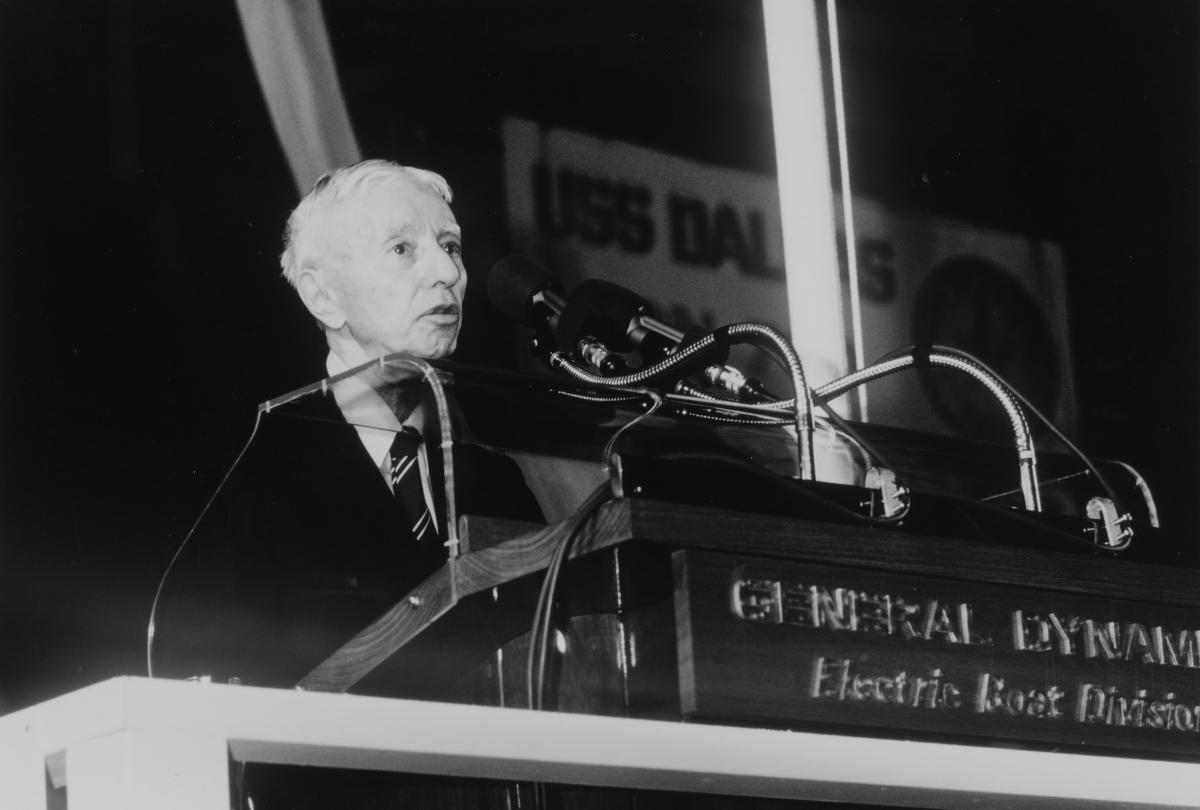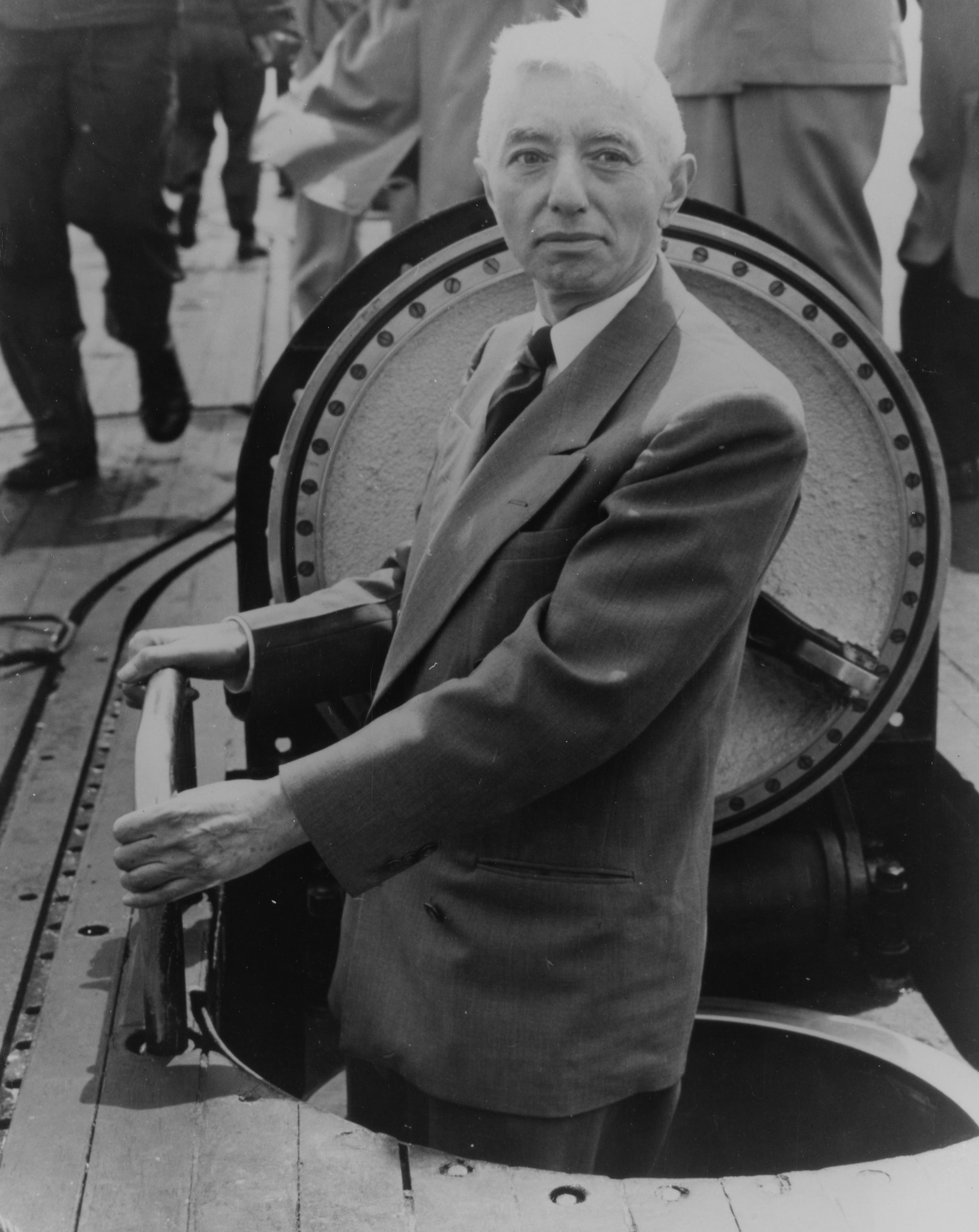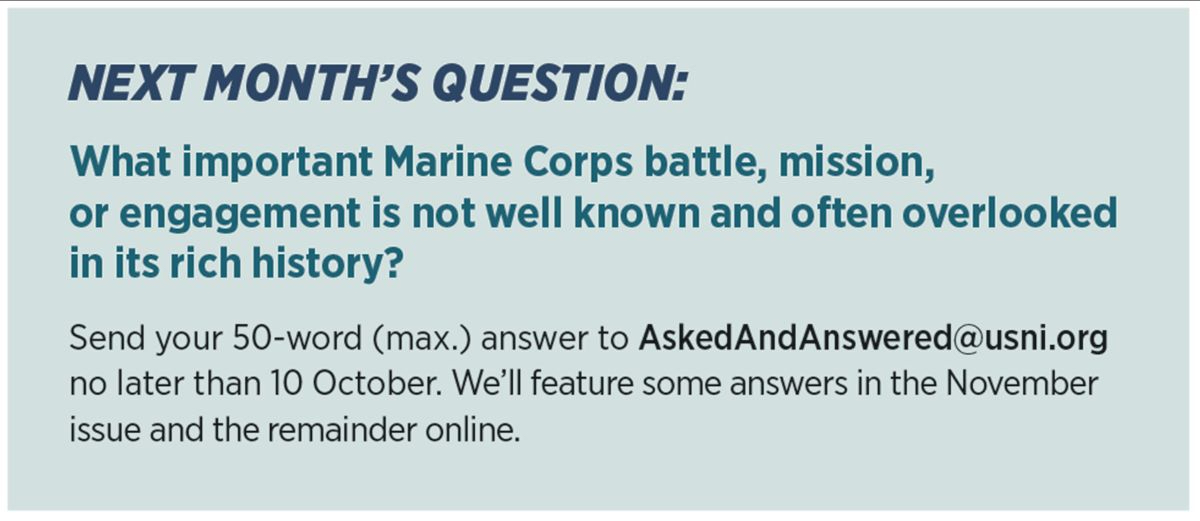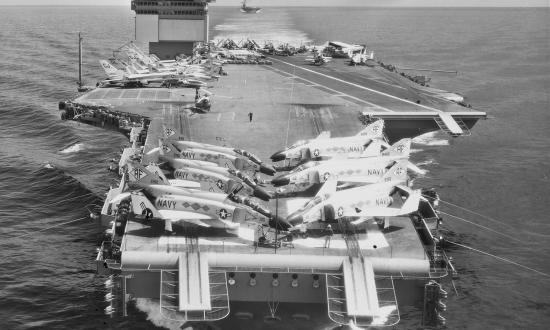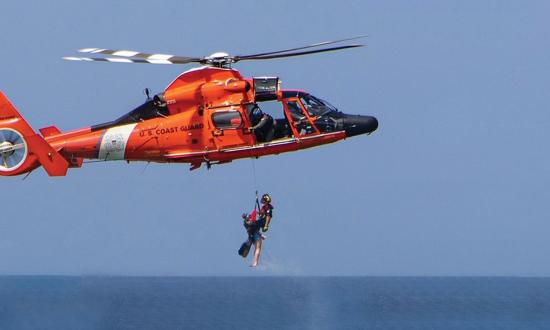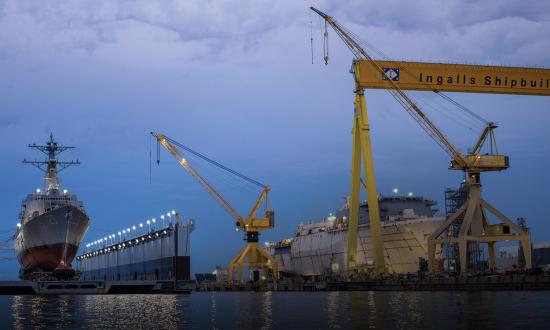Admiral Robert J. Kelly, U.S. Navy (Retired)
I was in command of an A-7 Corsair II squadron when I interviewed with Admiral Rickover. He asked if I was married—yes! He then asked how many children I had—three! He then asked how many more—none! He asked how I knew that. I responded I had had a vasectomy and my wife had a hysterectomy. He kicked me out of the office, but I was ultimately accepted into the nuclear power program and went on to command the USS Enterprise (CVN-65).
Commander John M. McGrail, U.S. Navy (Retired)
In my 1972 interview, after a few routine questions, Admiral Rickover asked, “Do you dance?” “Yes, admiral.” Rickover then shouts, “Bring in Ensign Smith.” In comes a terrified young female ensign. Rickover shouts at her, “Dance with Midshipman McGrail!” Trembling, she replies, “I can’t dance without music.” The admiral looks at me and asks, “Can you sing?” “No, admiral.” Rickover then bellows, “Get Ensign Jones in here.” In comes another female ensign. He orders her, “Sing for these two.” She starts to stammer and Rickover shouts, “Everyone out.” A few months later, I was commissioned and reported to Nuclear Power Training Unit Bainbridge, Maryland.
David Griffith, U.S. Navy Veteran
Shortly after arriving at the nuclear power training unit at Idaho Falls, I received notification of acceptance to the Navy Enlisted Scientific Education Program. The commanding officer said great, but if I did not qualify before time to leave (three months), he would not sign my transfer. Sixteen-hour shifts and sleeping on site got me there. He didn’t believe I could do it.
Rear Admiral Kavon Hakimzadeh, U.S. Navy
The most unexpected aspect of nuclear power training was that I started dreading weekends. On weekdays, I got the “break” of class sessions during the day before studying at night. But weekends were just one long study session trying to cram enough knowledge into my head to pass the next exam!
Captain James Ransom, U.S. Navy (Retired)
During my interview with Admiral Rickover, I told him that while on my first submarine I rescued a man who was swept overboard. Admiral Rickover stated he had rescued a man once, but the Navy would have been better off if he had let him drown. Stun! Bad start, but I was selected and lived happily ever after.
Admiral Hyman G. Rickover climbs out of the hatch of the first nuclear-powered submarine, the USS Nautilus (SSN-571) in Groton, Connecticut. Naval Institute Photo Archive.
Al Perry, U.S. Navy Veteran
During the interview, Admiral Kirk Donald’s first words were, “why on Earth should I hire a political science major to run a nuclear power plant?” I responded like any good poli-sci major—talk enough to sound like I knew what I was talking about and hope for the best. Spent 12 years in submarines.
Captain Bill Sheehan, U.S. Navy (Retired)
Most unexpected: During my January 1963 interview with Admiral Rickover, the time spent in a supply closet “reconsidering” my answer to his question. Most difficult: Failing my first oral board to qualify as engineering officer of the watch at A1W Prototype and the studying to finally pass it two days before detachment.
Michael A. Stieber, U.S. Navy Veteran
In spring 1967 I interviewed with Vice Admiral Rickover. He said, “I want you to work here at NR [Naval Reactors].” I replied, “I want to go to sea as a submariner.” He threw me out of his office. But by the end of the day, I was accepted and later served on board the USS Swordfish (SSN-579).
Captain Woody Sanford, U.S. Navy Reserve (Retired)
My most difficult time in nuclear power training was learning how to perform tritium testing in the Polaris A-3 missile tube. The sudden “whoosh” of gas (air?) startled and frightened me a little.
Lieutenant Commander Robert Schmidt, U.S. Navy (Retired)
I was surprised at how spartan Admiral Rickover’s office was, and that he wore an ordinary suit. I was a civilian and expected a grandly decorated office and a naval officer who looked like John Wayne in a uniform with lots of medals. I was also surprised that I passed!
Captain Michael C. Gouge, U.S. Navy (Retired)
Nothing was particularly challenging with the interview, as Admiral Rickover seemed to like, or at least tolerate physicists. He asked the prospective commanding officer whether he would rather have a naval officer or a physicist as officer in the command. The PCO's response was also predictable. Rickover became a little interested when he saw my last name: Gouge. “An ounce of gouge is worth a pound of knowledge.”
John Cooke, U.S. Navy Veteran
After a review of my record during the interview for the Navy Nuclear Power program, Admiral Rickover commented, “You’ve done pretty well for having such low SAT scores.”



